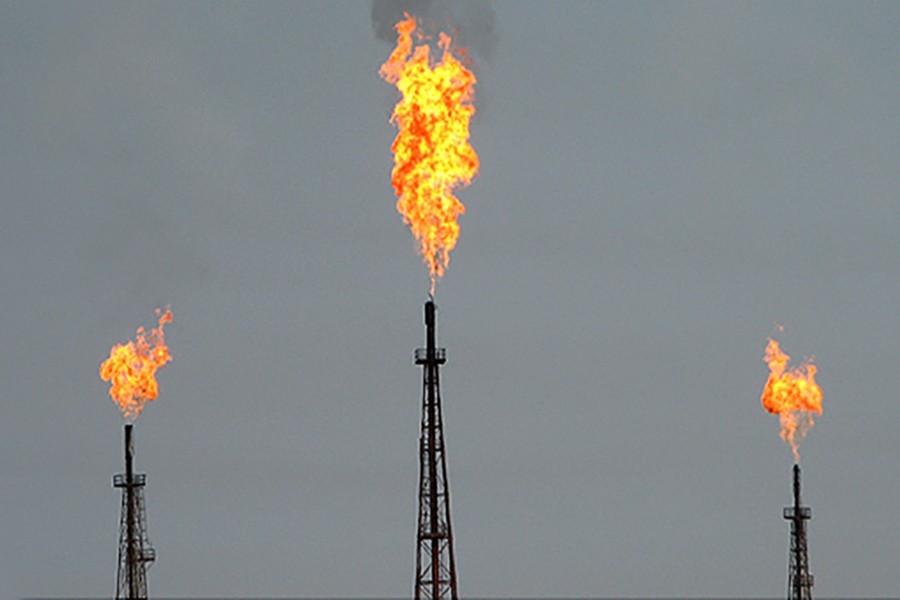The gas supply shortage in the country has become acute, lately. Most gas-run power plants are now shut and dual-fuel ones have been kept operational using expensive diesel. The government's subsidy burden on account of gas supply has become even heavier because of the soaring prices of imported liquefied natural gas (LNG). Now, there is a move to raise gas and power tariffs to compensate for this unsavoury development.
The gas supply shortage is not a new phenomenon. It has been hurting power and industrial production for many years. The government has long ago stopped the supply of piped gas to residential houses. Given the current rate of consumption, the country is likely to exhaust its onshore gas reserves---onshore fields remain the primary sources of gas supply--- within 10 to 12 years. The country has an estimated 27 tcf recoverable gas reserves. And more than 16 tcf has already been consumed.
So, the country badly needs to hit new gas fields, onshore or offshore. The prospect of finding new reserves onshore is not that bright. Yet the reserves could be significantly increased by developing the gas fields now in production. The technique is called reserve growth. Reassessment using the latest digital characterization might help the growth of reserve. Sadly enough, the country could not make headway in exploring offshore hydrocarbon blocks. It had to put off bidding on several times, apparently, because of the lack of response from the international oil companies, although neighbouring India and Myanmar have found vast gas reserves in the adjoining offshore areas.
In such a dismal scenario, the offshore island of Bhola offers some hope. The state gas exploration company, the BAPEX (Bangladesh Petroleum Exploration and Production Company Ltd) has already found two gas fields with a cumulative reserve of around 1.5 to 2.5 trillion cubic feet (Tcf). Experts are hopeful about reserve growth in that area. At least two international companies are reportedly interested in getting involved in this highly prospective zone that encompasses some other islands, including Hatiya.
Russian GAZPROM has already got a contract for drilling three wells in Bhola at an aggregate cost of US$77 million. But experts claim that the BAPEX can do the job at half of that cost. The exclusion of BAPEX, however, is nothing surprising. It had happened in the past in the case of several onshore gas fields. The relevant authorities are more interested in hiring foreign companies.
Authorities seem to have a slow approach towards exploiting the Bhola gas reserve, primarily because of the lack of clients for consuming the same. One gas field is now supplying only 64mmcf gas to two power plants, and the other is still a virgin. Under the prevailing gas supply scenario, many suggest connecting Bhola gas to the national transmission network. However, there is a different view. The latter suggests that the actual reserve needs to be assessed first before building a transmission line for Bhola gas. If the reserve is not that big, it would be proper to use the gas in power generation and industries in Bhola and its adjoining districts. The government should weigh both the options and choose the right one.


